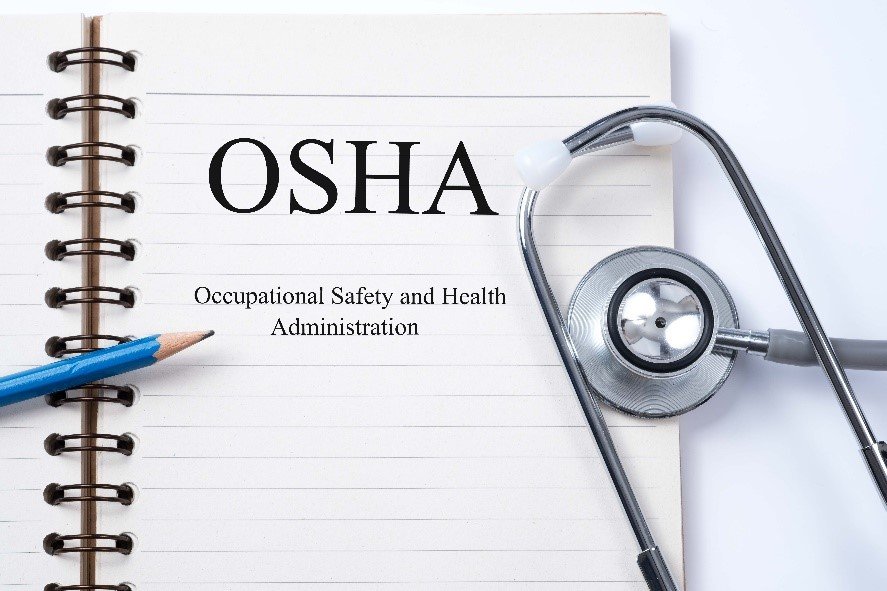Keeping patients and staff safe when dealing with blood borne pathogens is strictly regulated by the OSHA as well as additional guidelines dictated per state.
The Occupational Safety and Health Administration (OSHA) created the Occupational Exposure to Bloodborne Pathogens Standard in 1991. The purpose is for the protection of the over 5.6 million healthcare and related occupations workers from exposure risks to blood borne pathogens. The ‘standard’ has many requirements including an ‘Exposure Control Plan’ as well as rules and regulations regarding the specific waste types that are generated at healthcare facilities.
The importance of an Exposure Control Plan assists in minimizing or eliminating employee exposure to blood. Employers must have a written program that defines procedures for an exposure incident, implementation, education, methods of compliance, recordkeeping and communication of hazards to employees.
OSHA defines ‘regulated waste’ in the following categories:
- liquid or semi-liquid blood or other potentially infectious materials (OPIM);
- items contaminated with blood or OPIM and which would release these substances in a liquid or semi-liquid state if compressed;
- items that are caked with dried blood or OPIM and are capable of releasing these materials during handling;
- contaminated sharps; and
- pathological and microbiological wastes containing blood or OPIM.
It is the responsibility of the employer to determine the existence of regulated waste and this doesn’t mean just the amount of blood, but also the potential release of blood.
Sharps management is critical in ensuring the safety of all that may be involved. Containers must be color-coded in red –or- labeled with the universal biohazard symbol. The containers themselves must remain upright throughout use and never be overfilled. Additional guidelines for sharps containers include:
- Closed immediately prior to removal or replacement to prevent spillage or protrusion of contents during handling, storage, transport, or shipping;
- Placed in a secondary container if leakage is possible. The second container must be:
- Closable;
- Constructed to contain all contents and prevent leakage during handling, storage, transport, or shipping; and
- Labeled or color-coded according to the standard.
- Reusable containers must not be opened, emptied, or cleaned manually or in any other manner that would expose employees to the risk of percutaneous injury.
- Upon closure, duct tape may be used to secure the lid of a sharps container, as long as the tape does not serve as the lid itself.
Employee communication and training is also critical and should be updated on a regular basis. According to OSHA, education should include:
When are labels required? A warning label that includes the universal biohazard symbol, followed by the term “biohazard,” must be included on bags/containers of regulated waste, on bags/containers of contaminated laundry, on refrigerators and freezers that are used to store blood or OPIM, and on bags/containers used to store, dispose of, transport, or ship blood or OPIM (e.g., specimen containers). In addition, contaminated equipment which is to be serviced or shipped must have a readily observable label attached which contains the biohazard symbol and the word “biohazard” along with a statement relating which portions of the equipment remain contaminated
What are the required colors for the labels? The background must be fluorescent orange or orange-red or predominantly so, with symbols and lettering in a contrasting color. The label must be either an integral part of the container or affixed as close as feasible to the container by a string, wire, adhesive, or other method to prevent its loss or unintentional removal.
Can there be substitutes for the labels? Yes. Red bags or red containers may be substituted for the biohazard labels.
Training should be done by an individual “knowledgeable in the subject matter covered by the elements in the training program and be familiar with how the course topics apply to the workplace that the training will address. The trainer must demonstrate expertise in the area of occupational hazards of blood borne pathogens.”
Each state in the U.S. has additional rules. Use the HERC OSHA State Tool for more information on OSHA regulations and consultation programs in your state.



